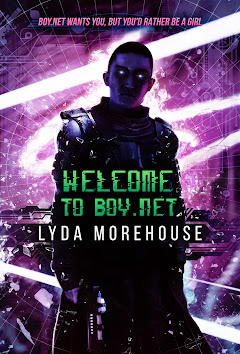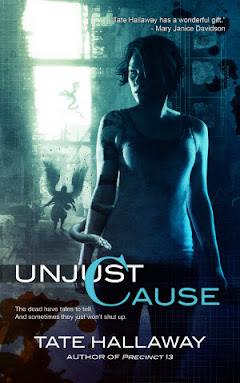Lowe’s book should have been perfect for me, but after reading through it several times and trying some of the examples, I ended up instead with a visceral emotional response which can be summed up in two words: I suck.
The forward and introduction to Lowe’s book suggest this is the very last feeling that I should’ve come away with. Lowe is very much of the belief (as am I) that art, like any skill, can be learned by anyone regardless of innate talent given enough time and energy.
I’m not sure what it is about this book that left me with that feeling. As I’ve said, this is a textbook aimed at teaching basics. Yet I left it feeling like there was no way I could ever master any of it (despite being far from a novice artist,) and it was all too overwhelming.
I wonder if it wasn’t because all the art shown was so good? This is one of those art textbooks where I’m already green with envy just looking at the instruction images that are supposed to be teaching me to see basic shapes in every day items, and instead of seeing the circles and squares, I’m thinking: damn, look at that cool apple! How come I can’t draw an apple like that??
There are a few playful images in the textbook, but even those examples showcase tremendous skill in background drawing. There were no examples that made me feel: oh, hey, I can do that.
There were no suggestions for work-arounds. Like, for instance, in my own comic book art, I have been known to cheat. I’ll take original photographs and use them as background images:
The other thing that was missing from this book that’s been tremendously helpful for me, as someone who has considered coming into graphic novel writing from the other side is, a script. There’s a very specific kind of writing format that comic book WRITERS use that I’ve been privileged to see thanks to a friend of mine who works for Marvel and DC. What looking at those taught me was how important it is for the writer of comic books (if they’re not the artist) to think visually as well and consider how much text/dialogue can reasonably fit in a panel.
So, while I think this is probably an awesome textbook to go with a class, I’m not entirely sure how well it works for me. There are two huge chapters at the end of this book that are specific to digital programs that I’m not using. I would have preferred that space be used to talk more about the business of comic book writing.
Your mileage may vary.
As I said, my strong emotional reaction to what is essentially a textbook surprised me.
P.S. If you're curious about my initial response, I catalogued it here: http://lydamorehouse.dreamwidth.org/348468.html





No comments:
Post a Comment